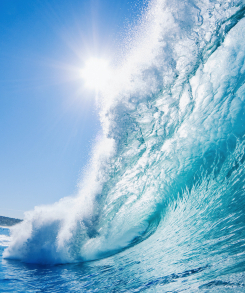Islands boost tide of clean power
 Hawaii is shooting for 100 per cent renewable energy by 2040.
Hawaii is shooting for 100 per cent renewable energy by 2040.
The US island state is on track to pass legislation this year to boost its Renewable Portfolio Standard (RPS).
Hawaii’s RPS has been in place since 2001, and has seen the state now gathering over 21 per cent of its power from renewable sources.
It had spent $3 to $5 billion per year importing fossil fuels, and as a result of its island layout has been lumped with electricity bills around three times the national average.
The deal will let Hawaii delve further into its abundant solar, wind, hydro, and geothermal sources to replace costly fossil fuels.
In an opinion piece for the Honolulu Star-Advertiser this year, former Hawaiian Governor George Ariyoshi advocated for the 100 per cent renewable target.
“Climate reality is everywhere: eroding coastlines, dying coral reefs, droughts, floods, extreme weather,” Ariyoshi wrote.
Experts predict that Hawaii will be hit hard by the negative effects of increased climate variability.
Sea level rise will push saltwater into the island’s limited freshwater supply, while hotter days and shifting rainfall patterns will stress native plants and animals.
“Knowing that the single most important thing we can do about all this is to stop burning fossil fuels, will we commit today to securing hope for a stable climate tomorrow?” Ariyoshi asks.







 Print
Print